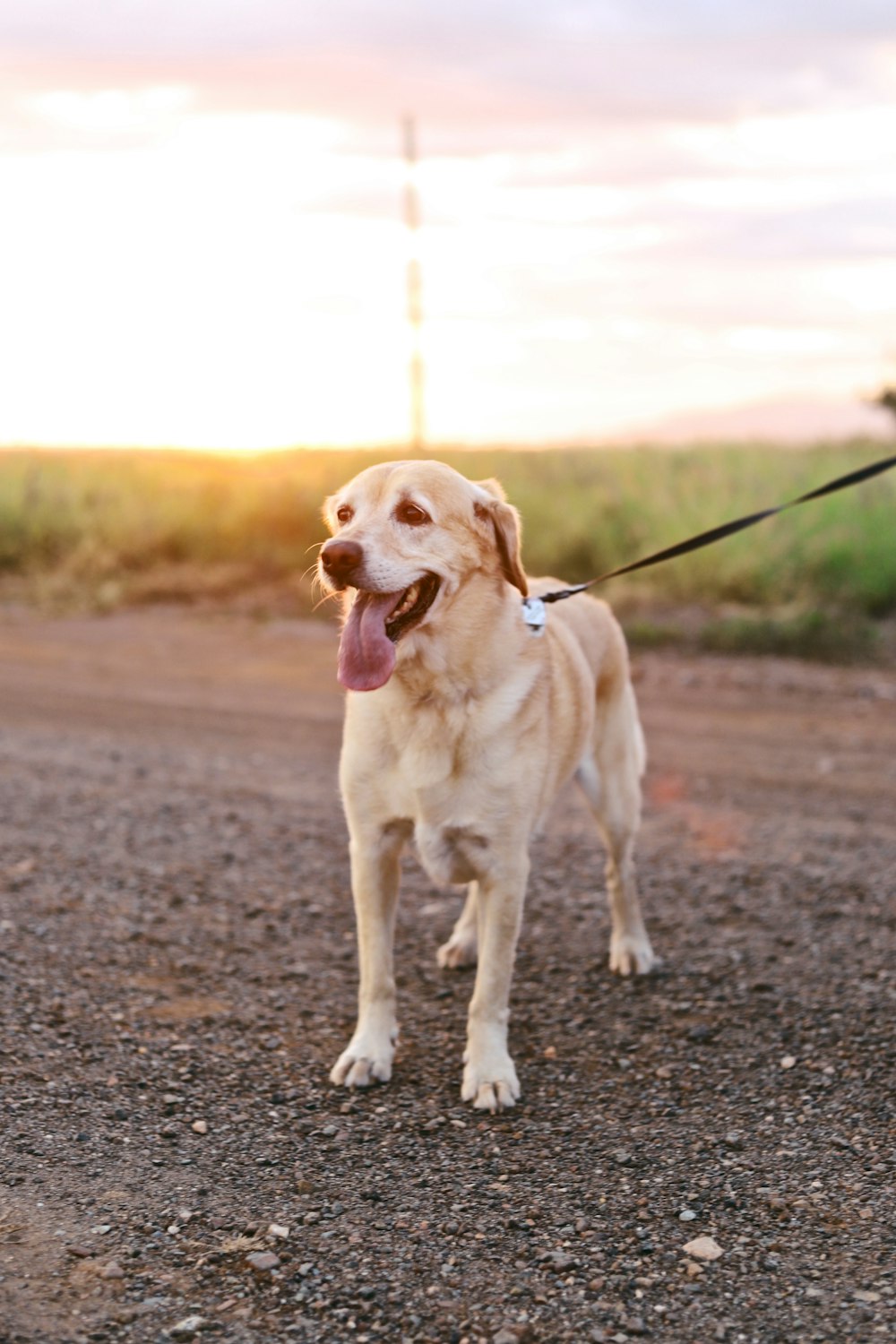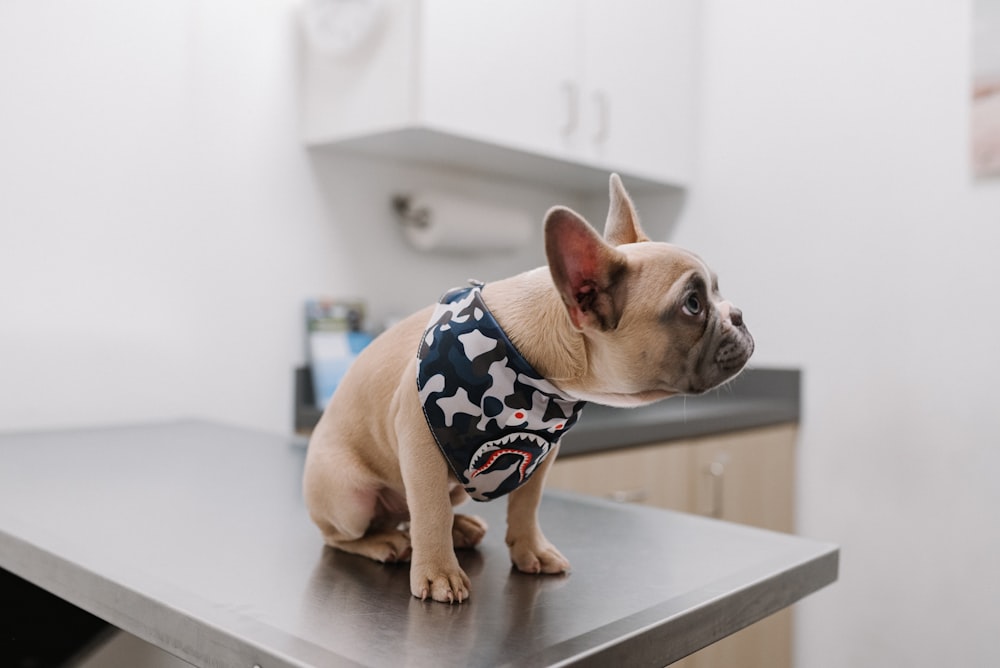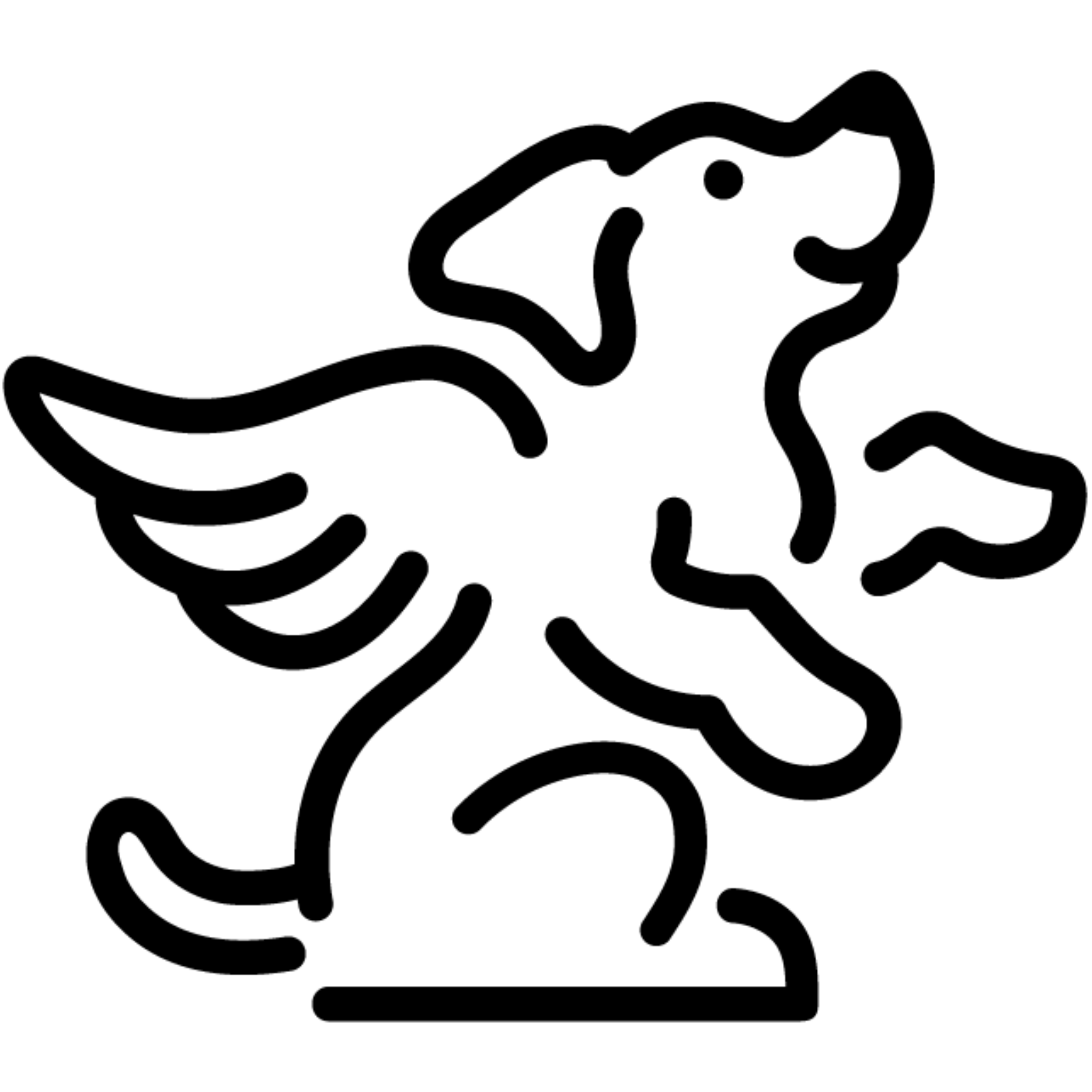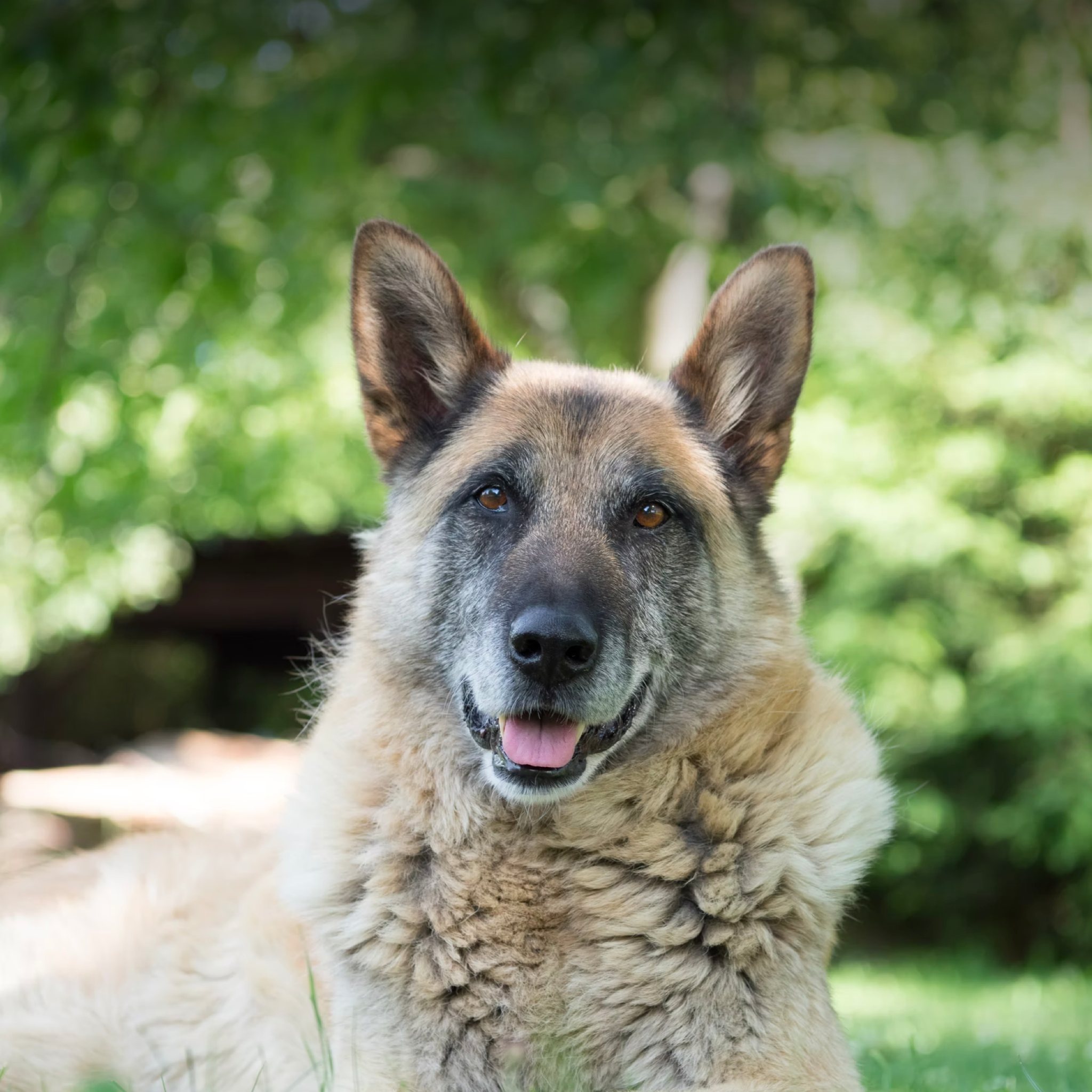Your dog may no longer be able to run and jump the way they did in their younger days but that does not mean that they need to stop exercising altogether. If you notice your dog licking certain limbs repeatedly, developing a hunched posture, and/or limping unusually, chances are they are arthritic already. In the case of dogs with arthritis, it is essential to keep them engaged in some form of exercise as it ensures that their joints don’t become stiff over time, apart from that complete inactivity also leads to losing muscle, and dogs experiencing a decline in their functional abilities.
Basically, exercising, in the case of arthritic dogs, needs to be done with certain care as too much will cause pain while too little, on the other hand, will make their condition worse. It has been observed that almost 65% of dogs end up suffering from arthritis at some point in their lives.
Here are our top five tips for exercising your arthritic dogs:
Warming up
Your dogs will remain stiff for a while after getting up, more so if the weather is pretty cold. A brief walk before starting your exercises is a great way to get your dog into motion, gradually increase their heartbeat, and make it easier for them to move. Alternatively, you could also try to perform a range of motion exercises. In this method, the selected joint, like a hip or a knee, is gently moved through the joint’s full range of motion.

Warming up will also help your pet by reducing muscle injuries, cramps, and sprains. If you find that your pet shrinks from moving around because of aching joints, then you could try to give them an incentive like a tasty treat or positive affection.
Warming down
Yes, after an exercise the cool down part is just as important as the one mentioned above. After your pet has moved around plenty, their heart rate is at the highest and they might be all wound up from all the jumping and running, albeit low impact. To leave them in that state is not ideal and can even be harmful in some cases. To ensure the best, try to gradually lower their heart rate to an optimal resting place. Warming down is also an effective way to reduce soreness and stiffness by aiding in the removal of lactic acids in the body.
You can achieve this by using the same methods as that during warm-up by performing a similar range of motion exercises. Warmer temperatures also come in handy in increasing blood circulation, reducing pain and inflammation. Gentle massages starting off by rubbing the affected area to aid the blood flow are known to help as well, you can finish off in a similar way after making small circular motions while lightly pressing on the affected muscles.
Controlled exercises
Arthritic dogs benefit a great deal by implementing controlled exercise in their routine. Running after the ball as they used to do earlier is not the optimal exercise for them now, not only will it put a strain on their joints but also make their condition worse later on. If you notice your dog struggling physically after a heavy session of running around and jumping, chances are they have reached their limit now and thus should be barred from doing similar sports again.

Consequently, the best way to ensure their activity would be by taking them out on gentle regular walks. Avoid long walks on the weekend and instead practice short walks every day. Keep the pattern regular while maintaining roughly the same distance. Also, the owner ought to be mindful of the terrain that their pet is walking on. A grassy field with flat, smooth, and even ground is considered the terrain choice for an arthritic dog.
While non-steroidal anti-inflammatory drugs are also used to support the recovery progress, it is nonetheless accompanied by the risk of side effects. To avoid that, licensed pharmacist Victor Nguyen alternatively suggests the use of CBD oils to provide pain relief and aid in the treatment of such arthritic dogs.
K9 Sport Sack also offers Nature's Balance Joint Support Supplements. An all natural and organic supplement to help your dog with inflammation, joint discomfort, and facilitate good joint health.
Physical therapy
Many owners have said that visiting a physiotherapist was a game-changer for them. This way they have been able to introduce the experience of hydrotherapy to their arthritic dogs. Hydrotherapy is a non-weight-bearing exercise that gently caresses the joints and provides an ease to the dogs.

Old dogs who have been experiencing pain and discomfort for a long time discover the joy of movement again. An underwater treadmill is a popular form of hydrotherapy where the physical therapist will stay in the water with the dog and help your dog with walking on the treadmill.
Consulting Vet
If you’re in a bind and have no idea what is right and wrong when it comes to exercising your dog, consulting a vet before taking any step would be the best choice. Not only will they advise a perfect regime but will do one tailored to fit your dog’s needs. After all, they are qualified professionals certified to work in this field, no one can better assess your dog’s health condition and create a feasible exercise protocol that suits both the dog as well as the owner’s circumstances.
In Conclusion
Arthritic dogs require regular exercise to prevent their joints from deteriorating further, they also aid in weight management which is a crucial factor to take care of in arthritic dogs. Alternatively, you could also switch to swimming or hydrotherapy as they are considered better exercise methods due to their property of being low impact and high resistance. Besides, in terms of medications, experts from HealthCanal suggest consulting with a vet before deciding to give any pills to your furry friends to avoid possible side effects.




Share:
Boost Your Dog’s Diet: 8 Healthy Herbs for Dogs
Sept 2021 Inventory Update